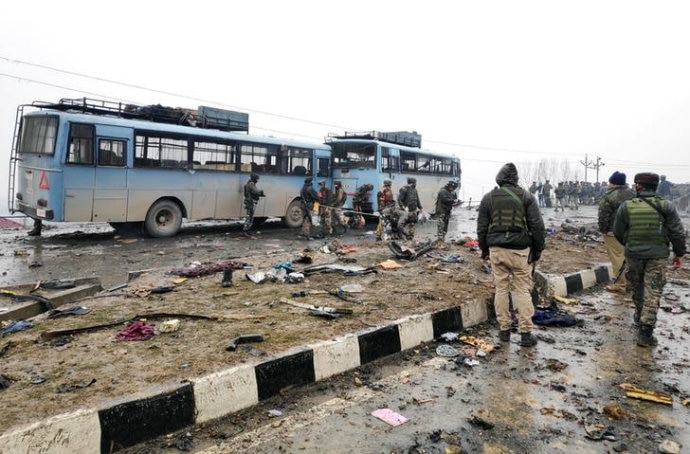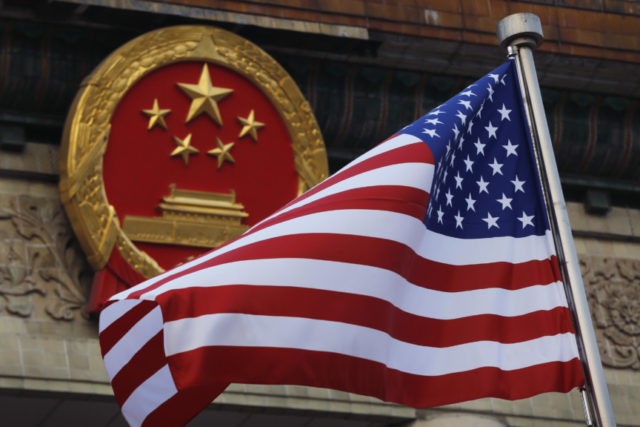DAVID DEVADAS
 Thursday’s attack at Lethpora, Pulwama, is a wake-up call. It could signal a more lethal phase of violence.
Thursday’s attack at Lethpora, Pulwama, is a wake-up call. It could signal a more lethal phase of violence.
The nation must stand together in grief, and with resolve. The last thing the country can afford at this juncture is petty politicking. Indeed, the entire spectrum of Kashmiri politics should come together against this tide of violence and death.
For, make no mistake, it is a tide of death and nihilism that we face.
Precious lives lost, once again. (Photo: Reuters)
Stern steps must be promptly taken to stop the violence that erupted in Jammu on Friday. It will only make the cycle of hate go around faster.
Leadership crisis












/arc-anglerfish-arc2-prod-mco.s3.amazonaws.com/public/6QETEMGFMBHTXEN5XESA37WRSU.jpg)


/arc-anglerfish-arc2-prod-mco.s3.amazonaws.com/public/23QFSGBUL5CSTJLEWZ3NTZ7CB4.jpg)

/arc-anglerfish-arc2-prod-mco.s3.amazonaws.com/public/JTKIETWHHZADZE4SVX662LL5K4.jpg)



/arc-anglerfish-arc2-prod-mco.s3.amazonaws.com/public/FSLGXFQ3HJDA7IBKKGYYHUJL5Y.jpg)
/arc-anglerfish-arc2-prod-mco.s3.amazonaws.com/public/GPK77BKOSZFWHNPQPGMANX3IAQ.jpg)